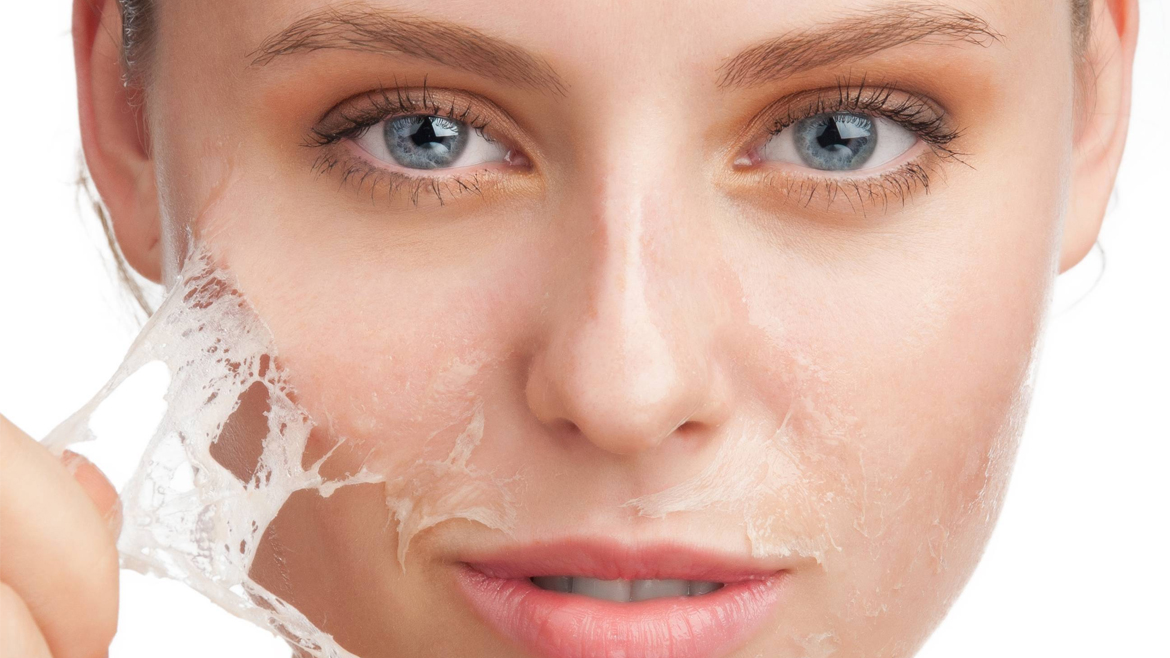A chemical peel is a technique used to improve and smooth the texture of the skin. Facial skin is mostly treated, and scarring, acne, pigmentation and wrinkles can be improved.
Chemical peels are intended to remove the outermost layers of the skin in a desired way.

Glycolic acid, salicylic acid, tca, carbolic, jessner’s and lactic are few names of peels to mention for different purposes.
SALICYLIC ACID:
Salicylic acid (ortho-hydroxybenzoic acid) is a naturally occurring b-hydroxy acid derived from the bark of the willow tree. It is a lipophilic agent, which produces desquamation of the upper, lipophilic layers of the stratum corneum, providing salicylic acid with its comedolytic effect in acne vulgaris. At concentrations of 3–5% it functions as a keratolytic agent, yet ethanol solutions of 20–30% salicylic acid function as a peel.
GLYCOLIC ACID:
Glycolic acid belongs to a family of a-hydroxy acids, which are naturally occurring acids that include lactic acid (in sourmilk), malic acid (in apples), citric acid (in oranges and other fruits) and tartaric acid (in grapes). This family of chemicals functions as peels by causing epidermolysis within a few minutes of application, followed by desquamation and the dispersion of epidermal melanin. Glycolic acid is a readily available peeling agent, and comes in many preparations.
Concentrations of 10–70% are popular and effective in dark-skinned patients. Glycolic acid must be neutralized with normal saline or sodium bicarbonate, otherwise epidermolysis will continue.
TRICHLORO ACETIC ACID:
Trichloroacetic acid (TCA) is a crystalline inorganic compound, which causes coagulative necrosis of cells through extensive protein denaturation and resultant structural cell death. The degree of necrosis depends on the concentration of solution applied. As a peel it is self-neutralizing, typically creating a white frost on the skin, which is not desired in SPT IV–VI due to the risk of dyschromias and scarring.
JESSNER’S SOLUTION:
Jessner’s solution is a combination of three synergistic keratolytic agents with additional skin-lightening properties: salicylic
acid (14 g), resorcinol (14 g) and lactic acid (85%) in ethanol (95%).
LACTIC ACID:
Lactic acid is an a-hydroxy acid shown to inhibit tyrosinase enzyme activity directly in a dose-dependent manner. lactic acid may be used for the treatment of acne scarring with minimal risk of any adverse events.
We are doing all this peeling regularly with all due precaution and no side effects.

